The rock flower anemone (Epicystis crucifer) is a stunning addition to any saltwater aquarium, providing a vibrant splash of color and unique beauty. These captivating creatures are known for their remarkable color patterns and hardy nature, making them an excellent choice for both novice and experienced aquarists.
In this ultimate guide, we will delve into the characteristics, care requirements, reproduction, and benefits of flower anemones, as well as tips for creating a thriving marine ecosystem with these remarkable invertebrates.
Rock Flower Anemone colors
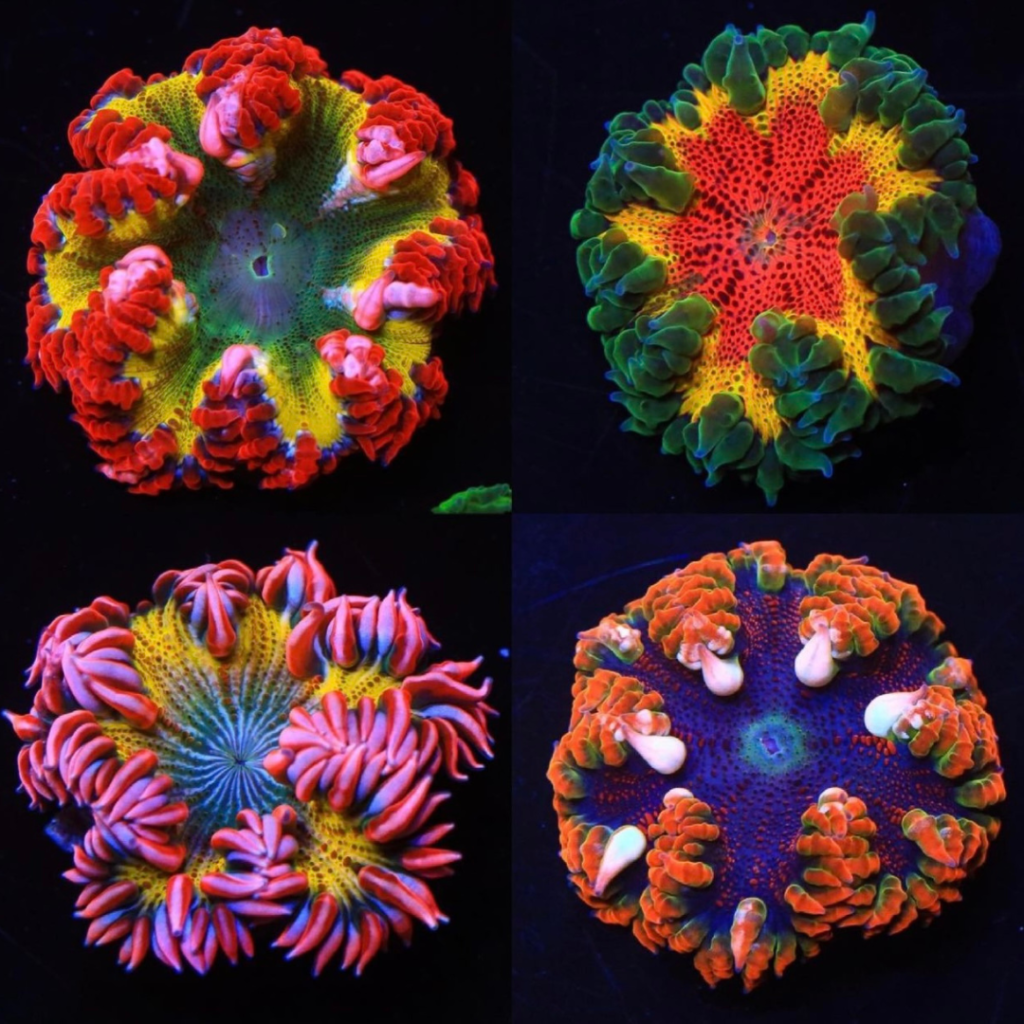
Flower anemones exhibit a wide range of stunning colors and patterns, making them a popular choice for reef aquariums. Their vibrant hues can include shades of red, green, blue, orange, purple, and pink, often with contrasting or complementary colors on their oral disc and tentacles. They can also display intricate patterns, such as stripes, spots, or irregular shapes, which contribute to their unique and mesmerizing appearance.
The intensity and variety of colors in flower anemones can be influenced by several factors, including genetics, lighting conditions, and diet.
To maintain their vibrant colors, provide adequate lighting and a varied diet rich in nutrients. The use of LED lights with adjustable spectrum settings can also help bring out the most vibrant colors in your flower anemones. Keep in mind that the colors of newly acquired anemones may change as they acclimate to their new environment and lighting conditions.
Lighting and flow requirements for flower anemones
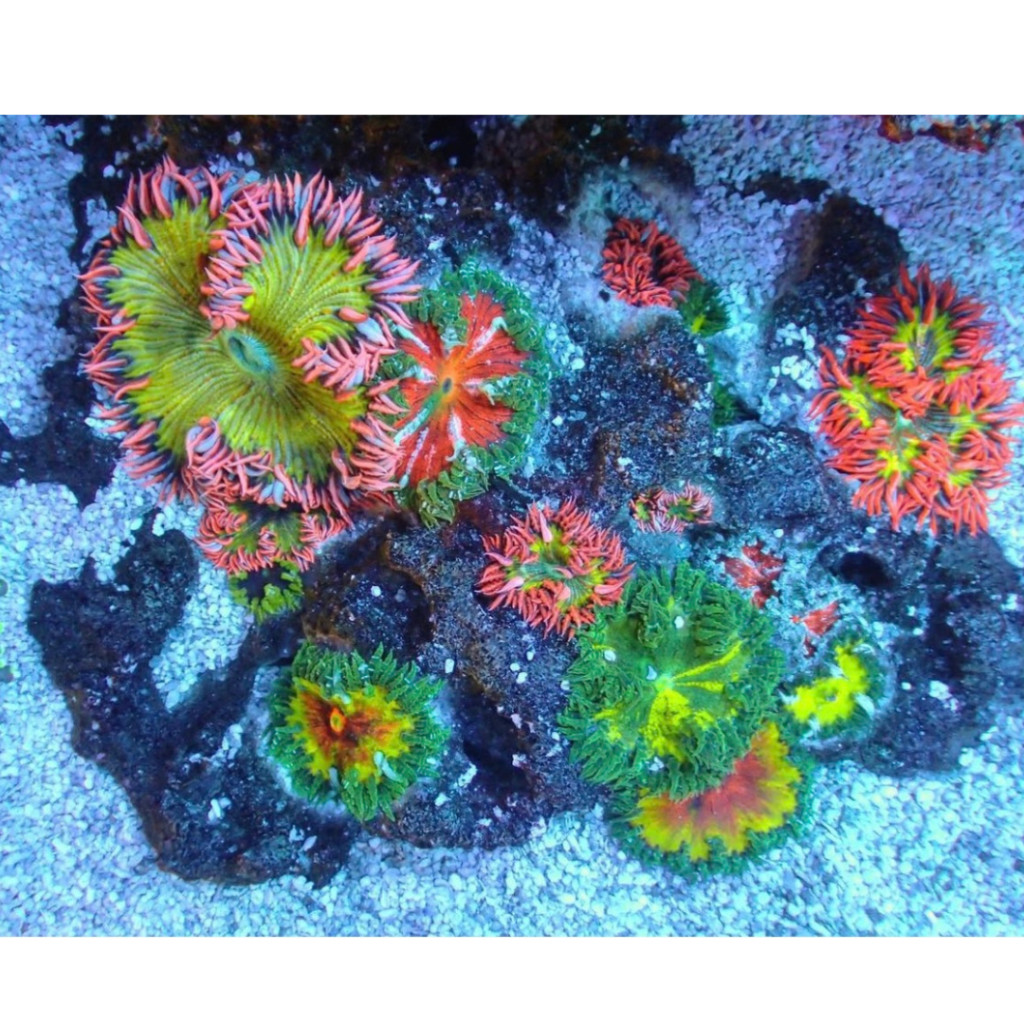
To keep flower anemones healthy, maintain water temperatures between 72-78°F, a specific gravity of 1.023-1.025, and a pH range of 8.1-8.4. Stable water parameters are crucial, as fluctuations can cause stress and health issues.
Flower anemones prefer moderate to strong lighting, so it’s essential to provide a quality LED or T5 lighting system that can support their photosynthetic needs.
Flower anemones require moderate water flow and should be placed in an area with ample space to prevent contact with other corals or sessile invertebrates, as they can be aggressive and sting their neighbors. Avoid housing them with anemone-eating fish, such as certain butterflyfish species, as this can lead to unwanted predation.
what to feed rock flower anemones
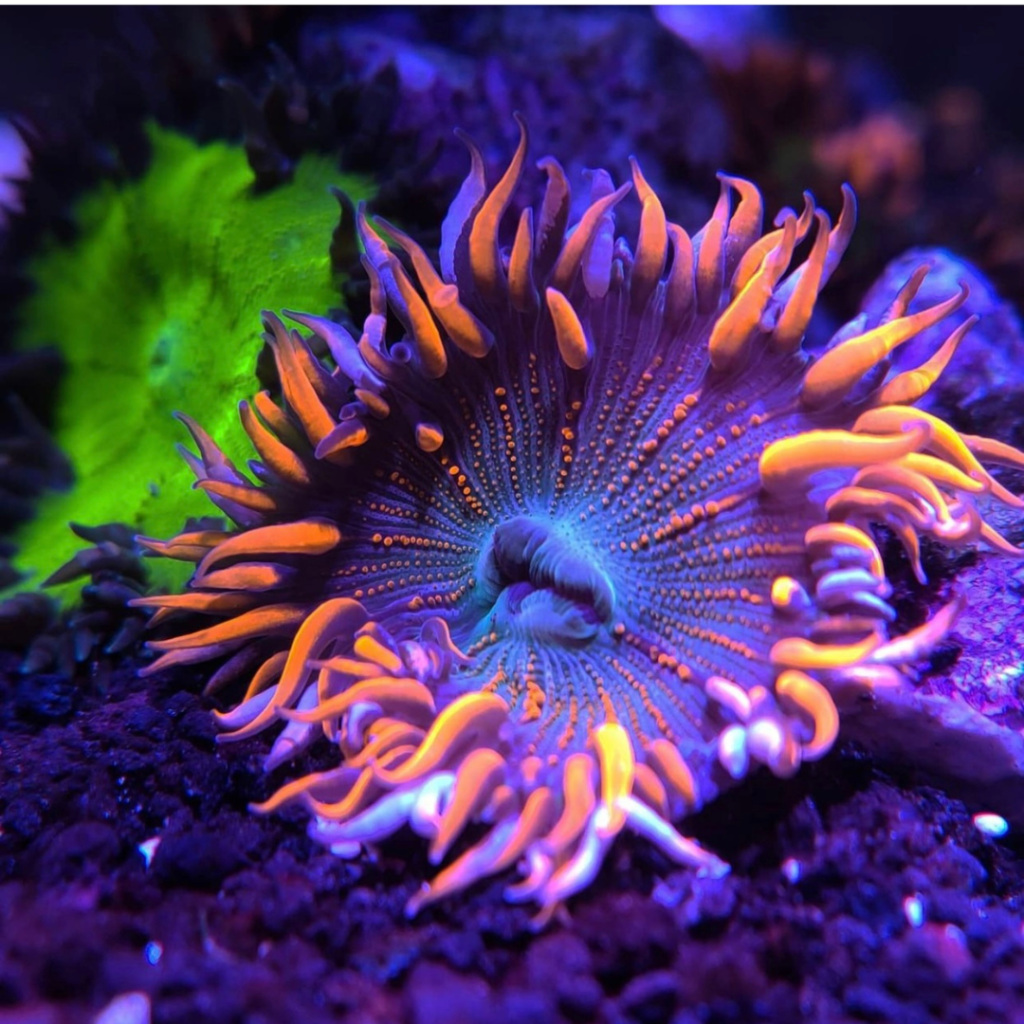
Although flower anemones contain symbiotic algae (zooxanthellae) that provide energy through photosynthesis, supplemental feeding is necessary for their overall health.
Feed them a varied diet of small meaty foods like mysis shrimp, brine shrimp, or chopped fish and seafood once or twice a week. Use a pair of long feeding tongs or a pipette to gently place the food near the anemone’s mouth.
Size and Growth of Flower Anemones:
Rock flower anemones can vary in size, with a typical adult anemone reaching a diameter of 4 to 6 inches (10 to 15 cm). However, some specimens may grow larger, reaching up to 10 inches (25 cm) in diameter.
Their growth rate is generally slow, and they can take several years to reach their maximum size. To ensure healthy growth, maintain ideal water parameters, provide suitable lighting, and feed the anemones a well-balanced diet.
Reproduction and Propagation
Flower anemones can reproduce both sexually and asexually. While sexual reproduction (spawning) is difficult to achieve in a home aquarium, asexual reproduction through fission can occur more readily. To encourage asexual reproduction, maintain stable water parameters, provide appropriate lighting and nutrition, and ensure a stress-free environment.
Experienced reef keepers can attempt manual propagation by gently cutting the anemone’s base with a sterile scalpel. However, this method carries risks and should be approached with caution and proper research.
What corals can live with rock flower anemones
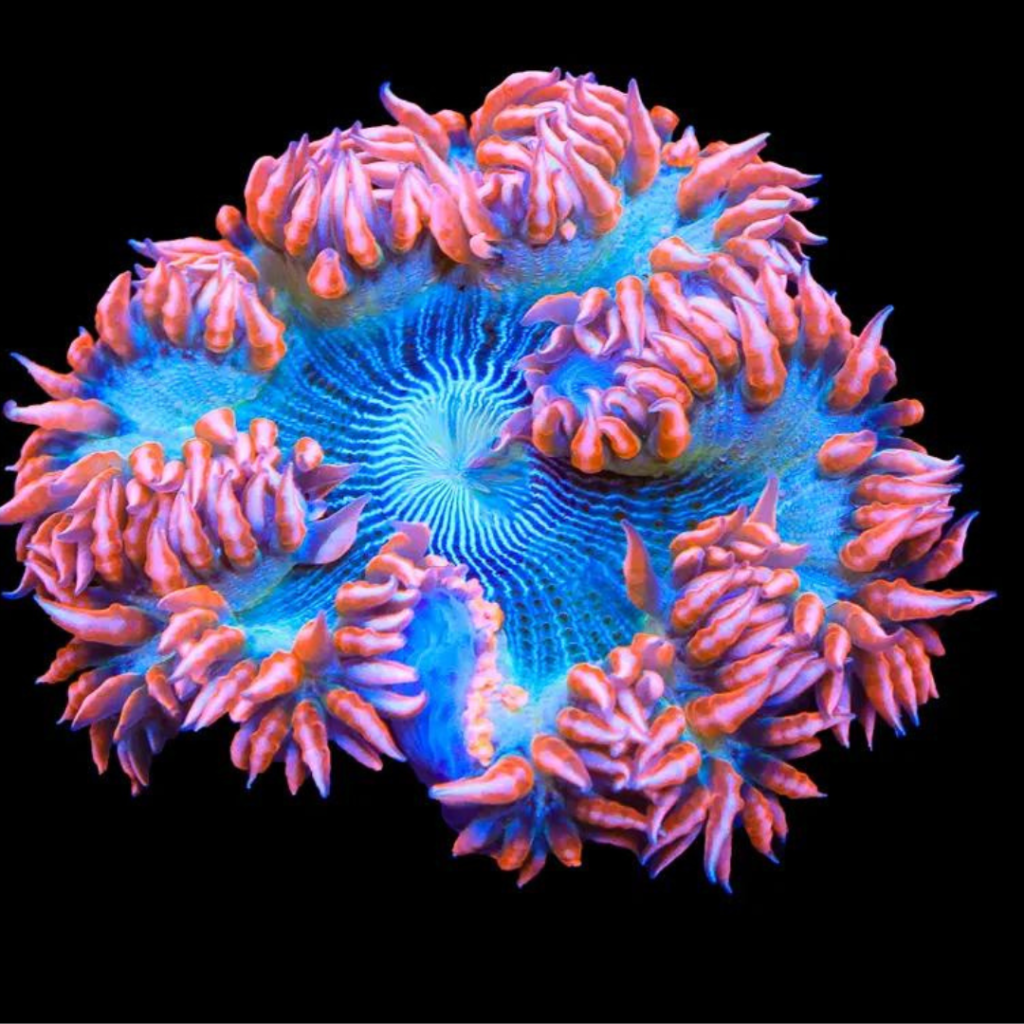
Compatible Corals for Flower Anemones:
Flower anemones can coexist with various corals in a reef tank, but it’s essential to understand their compatibility and requirements. Here are some compatible corals that can be housed with flower anemones:
- Soft Corals: Soft corals, such as mushrooms, zoanthids, and leather corals, can generally coexist with flower anemones. However, it’s crucial to provide enough space between them to avoid potential disputes.
- LPS Corals: Many large polyp stony (LPS) corals, like hammer, frogspawn, and torch corals, can also be housed with flower anemones. Ensure that these corals are given enough distance from the anemones to prevent potential stinging incidents.
- SPS Corals: Small polyp stony (SPS) corals, like Montipora, Acropora, and bird’s nest corals, can coexist with flower anemones if provided with adequate space. Keep in mind that SPS corals require stronger lighting and more stable water parameters than flower anemones, so ensure both coral types’ requirements are met.
- Gorgonians and Sea Fans: Gorgonians and sea fans can also coexist with flower anemones, as long as they are given enough space and proper water flow to thrive.
When planning your reef tank layout, keep in mind that flower anemones can move around, potentially coming into contact with other corals. Monitor their behavior and adjust the tank setup accordingly to prevent any territorial disputes or stinging incidents.
By selecting compatible corals and providing enough space, you can create a diverse and thriving reef tank with flower anemones as a stunning centerpiece.
Rock Flower Anemone Care Level:
Flower anemones are moderately easy to care for, suitable for both beginner and experienced reef hobbyists. Ensure their well-being by maintaining stable water parameters, providing moderate to high lighting, and offering a varied diet.
Moderate water flow and compatible tankmates are essential, along with a sandy substrate and hiding spots. Adhering to these care requirements will help your flower anemones thrive, adding beauty and vibrancy to your reef aquarium.
HOw to Successfully keep a flower anemone
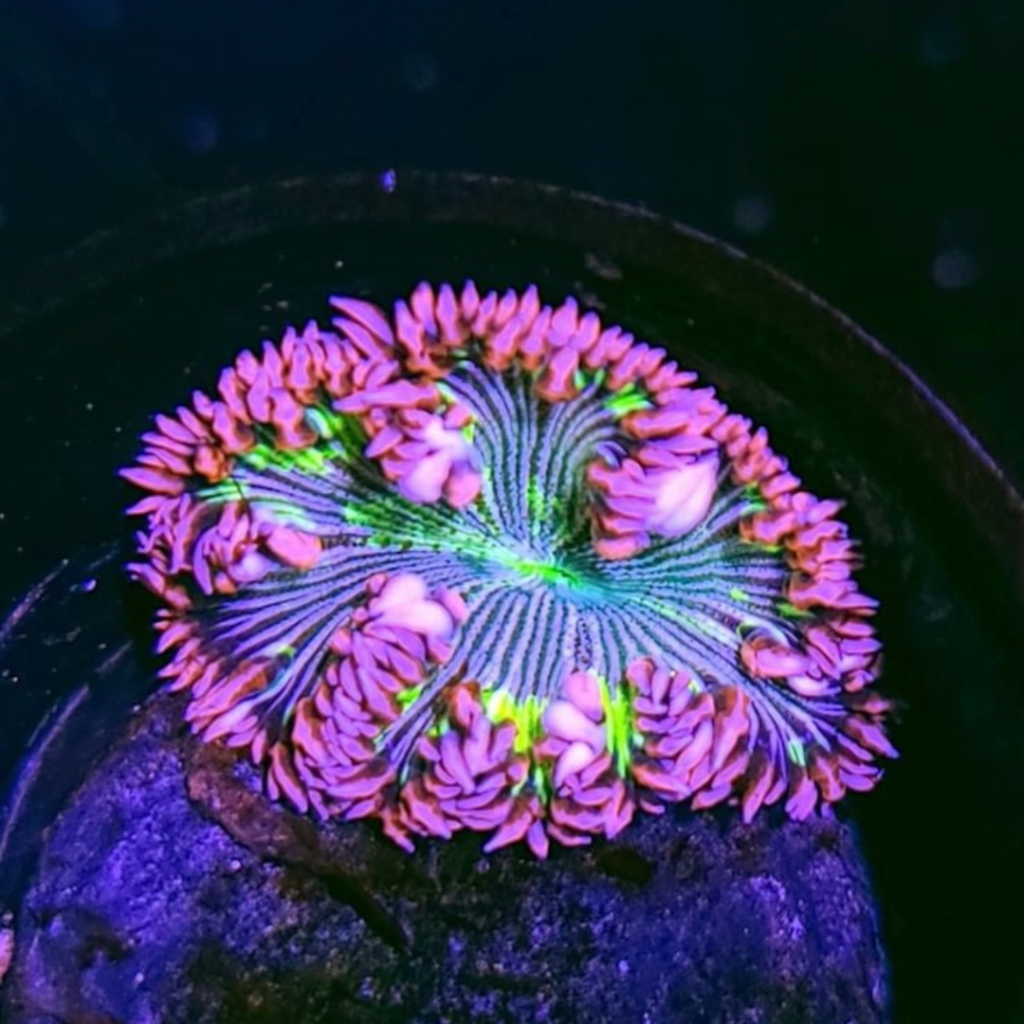
- Acclimate your rock flower anemone slowly to your tank’s conditions using the drip method.
- Use a quality protein skimmer to maintain optimal water quality and remove excess organic waste.
- Keep an eye on your aquarium’s water parameters, and perform regular water changes to ensure a healthy environment.
- When introducing new flower anemones, be cautious of their location in relation to other corals or sessile invertebrates to prevent territorial disputes and stinging incidents.
- Observe your flower anemone’s behavior and health regularly to detect any potential issues early on, such as excessive shrinking or a lack of appetite.
Rock Flower anemones:

Flower anemones are a captivating and vibrant addition to any saltwater aquarium. With their stunning colors and patterns, these unique creatures can instantly transform a marine ecosystem into a living work of art.
By understanding their care requirements and providing an optimal environment, you can enjoy the beauty and benefits of these remarkable invertebrates for years to come. With this ultimate guide, you are now equipped with the knowledge needed to create a thriving and colorful reef tank with the mesmerizing flower anemone as the centerpiece.
To learn more about maintaining a thriving saltwater aquarium and related topics, check out this article on Common Saltwater Algae Types at ReeferWiki.com.



